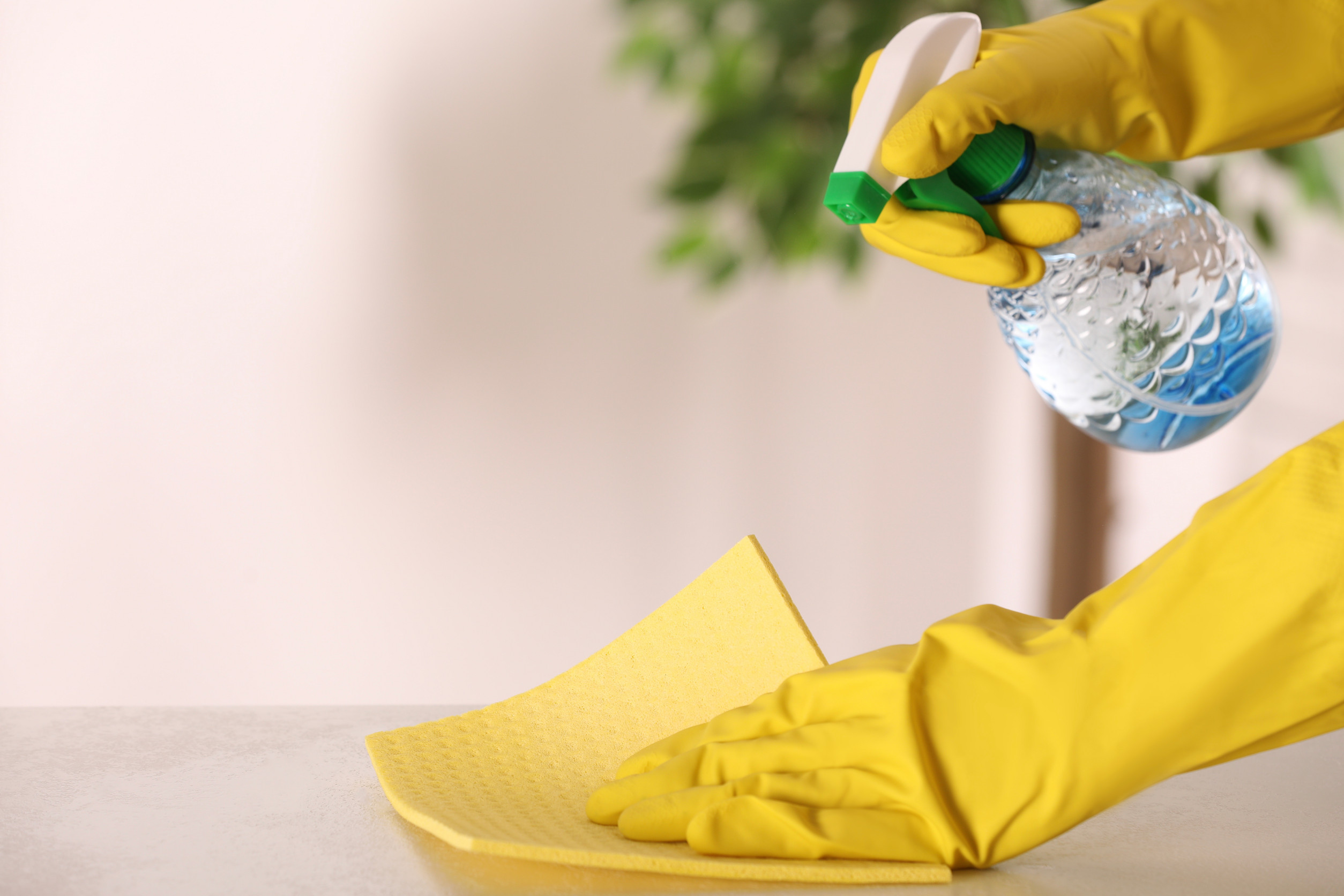Image Credit: liudmilachernetska/123rf.com
After recovering from the flu, it is essential to clean and disinfect your home to prevent the spread of lingering germs. The flu virus can survive on surfaces for up to 48 hours, making thorough cleaning a crucial step in the recovery process.
Understanding the difference between cleaning and disinfecting is fundamental. Cleaning involves removing dirt and germs using soap and water but does not kill them, while disinfecting specifically targets and eliminates germs on surfaces using commercial disinfectants. For optimal results, it is recommended to first clean surfaces and then disinfect them.
Begin your cleaning efforts with high-traffic surfaces, which are commonly touched areas. Key hotspots include doorknobs, light switches, drawer handles, and stair railings. Don’t overlook your vehicle; disinfect frequently touched areas like the steering wheel and door handles using disinfecting wipes.
The kitchen is another critical area to focus on, as it often harbors germs. Collect used dishes and utensils to wash in hot, soapy water or run them through the dishwasher. Disinfect surfaces such as refrigerator door handles, countertops, sink faucets, and small appliances to ensure a safe cooking environment.
The bathroom should receive special attention as well. Disinfect hard surfaces including sinks, countertops, toilets, and light switches. Remember to clean often-overlooked spots like toothbrush holders.
Laundry also plays a significant role in germ elimination. Flu viruses can linger on fabrics, so wash clothing, bedding, and towels in hot water and dry them thoroughly. Disinfect laundry baskets to further reduce the risk of germ transmission.
Bedrooms should not be neglected, especially if someone was recovering there. Ensure all bedding is washed and bedside tables and light switches are disinfected. If children were ill, clean and disinfect their toys as well.
Electronics are known to be high in germs, with studies indicating that a significant percentage of mobile phones carry harmful microorganisms. To clean electronics safely, use a lint-free cloth with warm, soapy water or disinfecting wipes, avoiding excessive moisture.
To further enhance the cleanliness of your home, increase ventilation by opening windows to reduce airborne germs and freshen the air.
While it is important to clean, prioritize recovery if you are still feeling unwell. Consider seeking assistance from family, friends, or professional services if necessary. By following these steps, you can effectively create a healthier, germ-free environment in your home.
Check out the original article here: Source link



